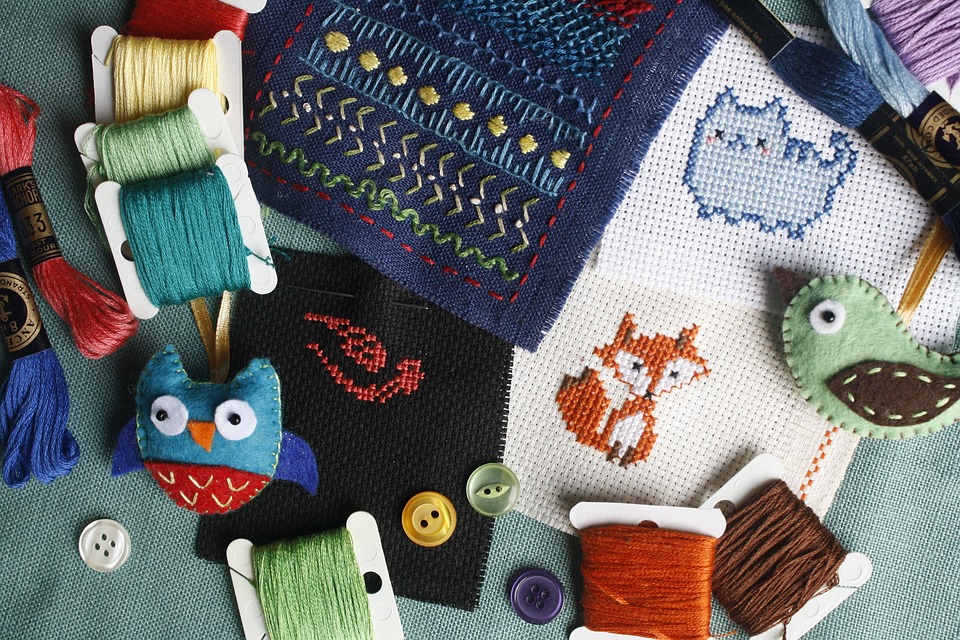Thread is a key component of our everyday lives, present in clothes, textiles, and even technology. Yet, few of us stop to consider the fascinating evolution of this seemingly simple material. From ancient craft to modern innovation, thread has come a long way in both its production and application.
The origins of thread can be traced back thousands of years to ancient civilizations. In these early times, threads were made from various natural materials such as animal tendons, sinews, or plant fibers. Primitive tools like bone needles were used to weave these fibers into basic textiles for clothing or utility items.
As time passed and civilizations advanced, so did the methods of producing thread. The spinning wheel, invented in the medieval period, revolutionized the textile industry. This handheld device allowed spinners to create finer threads from various fibers with increased efficiency, leading to the production of more intricate and complex fabrics.
By the 18th century, the Industrial Revolution brought about a massive shift in textile manufacturing. The invention of the spinning jenny, water frame, and eventually the power loom resulted in large-scale production of thread and textiles. These machines mechanized the process, significantly increasing thread production and subsequently reducing costs. Thread was no longer an exclusive commodity limited to the wealthy but became accessible to the masses.
In the 19th century, the development of the cotton gin further revolutionized the industry. By separating cotton fibers from their seeds with unparalleled speed and efficiency, the cotton gin allowed for the mass production of cotton thread, making it one of the most widely used materials at the time.
Fast forward to the 20th century, and thread took on a whole new dimension with the introduction of synthetic fibers. Nylon, polyester, and rayon were among the first synthetic threads introduced to the market. These materials offered increased strength, durability, and resistance to various factors such as moisture, sunlight, and wear. Suddenly, thread became versatile, finding application in industries beyond textiles, including automotive, aerospace, and even healthcare.
Advancements in technology further propelled the evolution of thread. Computerized machines and automation allowed for precision and consistency in thread production. Threads could now be engineered to meet specific requirements for strength, thickness, and elasticity, leading to innovations like fire-resistant threads for protective clothing or conductive threads for wearable technology.
Today, the world of thread continues to evolve thanks to ongoing research and development. Nanothreads, for instance, are made of carbon nanotubes and possess remarkable strength and conductivity. These threads hold the potential for advanced applications in fields like aerospace and medicine, where lightweight yet strong materials are crucial.
Moreover, sustainability has become an important consideration in thread production. With the growing awareness of environmental issues, manufacturers are exploring eco-friendly alternatives such as threads made from recycled materials or organic fibers developed through organic farming practices. These endeavors aim to reduce the carbon footprint of the thread industry and promote a more sustainable future.
From its humble beginnings as simple fibers to the versatile and high-tech materials of today, the evolution of thread demonstrates our human ingenuity and desire for progress. As we continue to explore new technologies and materials, it is certain that the thread will remain an essential component of our lives, adapting to our ever-changing needs and aspirations.

